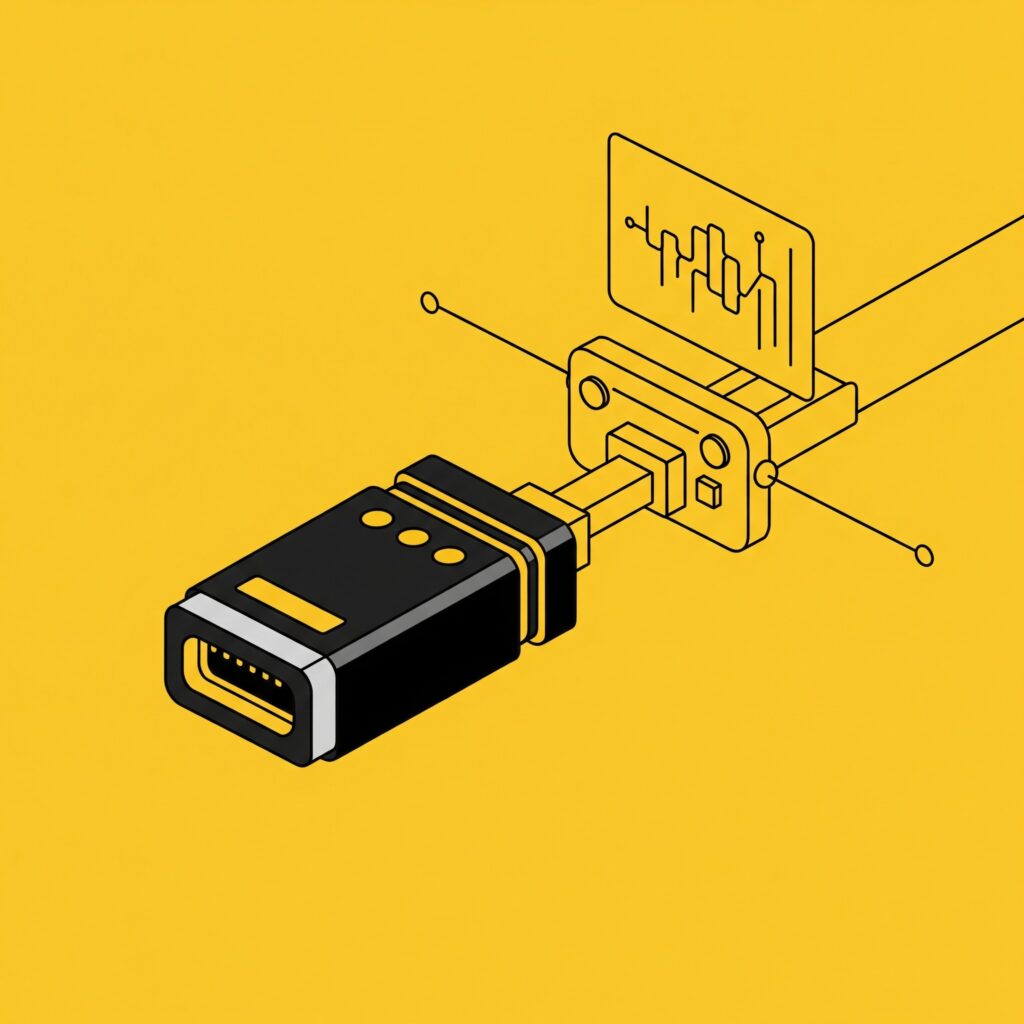Embedded systems development is a complex cross-domain world. From advanced industrial automation to critical medical devices and autonomous vehicles, the flawless operation of embedded devices is paramount and the stakes are high. Integrating intricate embedded hardware with sophisticated embedded software in the real-world, often in unpredictable environments, presents inherent risks that can lead to costly failures, delays, and damage (reputational and financial).
The question isn’t if something will go wrong, but when, and more importantly, how you’ve prepared for it. Hardware-in-the-Loop (HIL) testing emerges as a non-negotiable blueprint for de-risking development and ensuring the reliability of your embedded products.
The Challenge of Embedded System Validation
Traditional testing of products in embedded systems will often face significant limitations.
Fully replicating the vast range of real-world conditions, external stimuli, and fault scenarios a product will encounter in the field is impractical, expensive, or even dangerous using only physical prototypes.
Many critical bugs, especially those at the hardware-software integration layer, are often discovered late in the production development cycle, leading to costly redesigns and missed market windows. This undermines efficiency in software engineering efforts.
Relying heavily on physical testing for every iteration is slow and expensive, especially for complex embedded devices. This approach significantly extends development timelines and inflates expenditures, particularly when dealing with the complexities of environment variations.
Validating real-time embedded systems and those running on a real time operating system (RTOS) demands precise timing and responsiveness, which is hard to achieve consistently without controlled simulation.
Without a systematic approach, ensuring comprehensive test coverage for all possible operating states and edge cases becomes almost impossible. Relying on “test prod” environments can still leave gaps. Developing embedded systems presents significant challenges. Replicating real-world conditions, external stimuli, and fault scenarios with physical prototypes is often impractical or prohibitively costly. This limitation makes it difficult to thoroughly test systems in realistic environments. Consequently, critical bugs, particularly at the hardware-software integration level, are frequently discovered late in the development cycle. This late discovery leads to substantial financial burdens.
These challenges highlight the critical need for a more robust and predictable validation strategy.
The Solution: Hardware-in-the-Loop (HIL) Testing
Hardware-in-the-Loop (HIL) testing is a powerful methodology that addresses these challenges head-on. It involves simulating the external environment that an embedded system interacts with, effectively exercising all the edge cases repeatably.
Here’s how HIL testing serves as a blueprint for flawless systems:
- HIL testing enables early detection and isolation of flaws. It allows for rigorous system testing of embedded software hardware integration early in development. This catches critical flaws during design and integration, not in expensive prototypes or in the field.
- HIL environments simulate conditions difficult or impossible to replicate physically. This includes extreme temperatures, sensor failures, and communication errors. This enables thorough embedded testing and software system testing.
- HIL reduces development expenses by minimizing reliance on physical prototypes. It allows for continuous, automated testing, speeding up validation cycles and time-to-market. Our build system expertise supports this acceleration.
- HIL environments offer repeatable test scenarios. This consistency is vital for debugging, regression testing, and integrating CI/CD pipelines. Automated CI and CD testing within HIL improve efficiency and reliability.
HIL testing is a crucial risk mitigation tool, providing confidence in embedded system performance before deployment. It is a cornerstone of effective systems engineering for complex embedded platforms.
Achieving Flawless Embedded Systems with HIL
Implementing a strategic HIL approach transforms your embedded systems development process, leading to tangible outcomes:
- Through rigorous, simulated real-world exposure, your embedded systems become inherently more reliable and resilient to diverse operating conditions.
- Accelerated validation cycles (Faster Time-to-Market), fewer late-stage bug discoveries, and reduced reliance on physical prototypes mean products reach customers faster.
- Minimizing field failures, costly recalls, and the need for numerous physical prototypes translates directly into substantial financial benefits.
- Engineers gain higher confidence in the system’s performance, knowing it has been exhaustively tested against a comprehensive range of scenarios.
Better Devices: Your Partner in Delivering Features Fast
At Better Devices, we recognize that true de-risking in embedded development comes from a deep understanding of both the system and its environment. Our expertise in embedded testing and complex system validation positions us as your ideal partner for implementing sophisticated HIL solutions. We leverage our system-level approach, combined with a disciplined focus on test driven development and automation, to craft HIL environments that accurately represent your product’s operational reality.
| Testing infra overhead | Feature shipping time | |
| Physical Verification Only | None | High |
| Internally Developed HIL Testing | High | Medium (Consider internal HIL maintenance) |
| iHIL by Better Devices | Low | Low |
Our team of expert systems engineers and embedded software engineers understands the intricacies of various tech stacks and real-time operating systems, ensuring that your HIL setup is perfectly tailored to your project’s unique demands. We help you establish the frameworks for robust CI/CD for embedded systems, enabling continuous validation and accelerated production development.
Is your team looking to drastically reduce risks and achieve unparalleled reliability in your next embedded project? Do you need a blueprint for flawless embedded systems through advanced HIL testing? Connect with Better Devices to discuss how our deep expertise can transform your validation strategy and help you build a product ready for any challenge.



